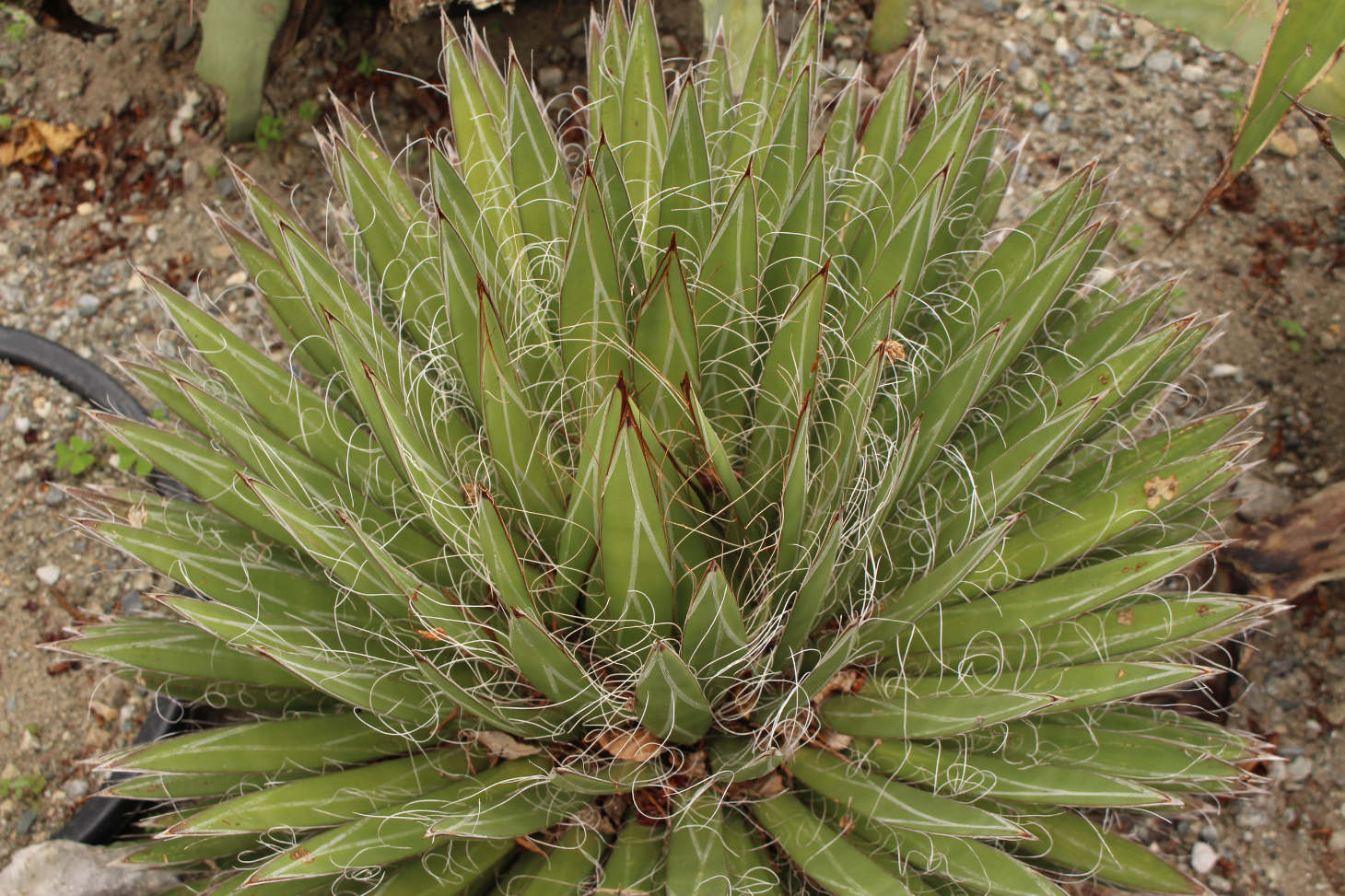Monocarpic Succulents
Monocarpic succulents are a unique group of plants that flower just once before dying. If you grow these plants, it’s important to know that their one-time bloom marks the end of their life cycle. The surprising twist is that many favorites like agaves, sempervivums, and certain kalanchoes belong to this group.
You might wonder why someone would choose a plant that only blooms once. These succulents often produce stunning flowers and can leave behind offshoots or “pups” to keep your garden thriving. Learning about their lifecycle helps you care for them better and appreciate their dramatic show even more.
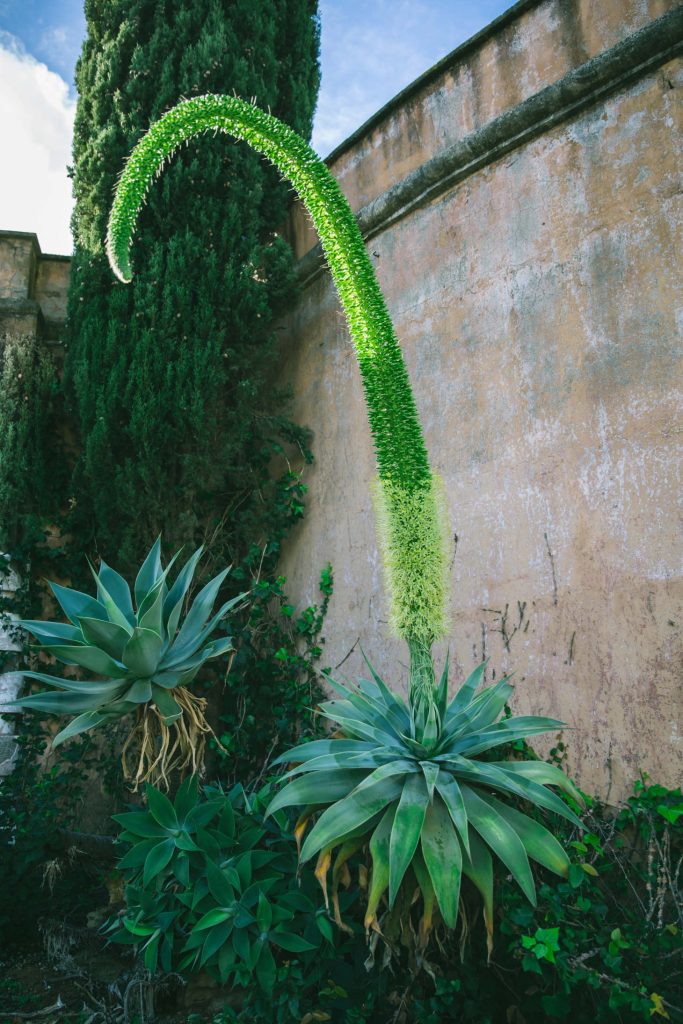
Key Takeaways
- Monocarpic succulents bloom once, then die.
- Knowing their species and care needs is important.
- Many can be propagated to continue your collection.
Understanding Monocarpic Succulents
Monocarpic succulents are unique because they bloom only once in their lifetimes. After flowering, these plants die, which affects how you care for them and how you propagate your collection.
What Does Monocarpic Mean?
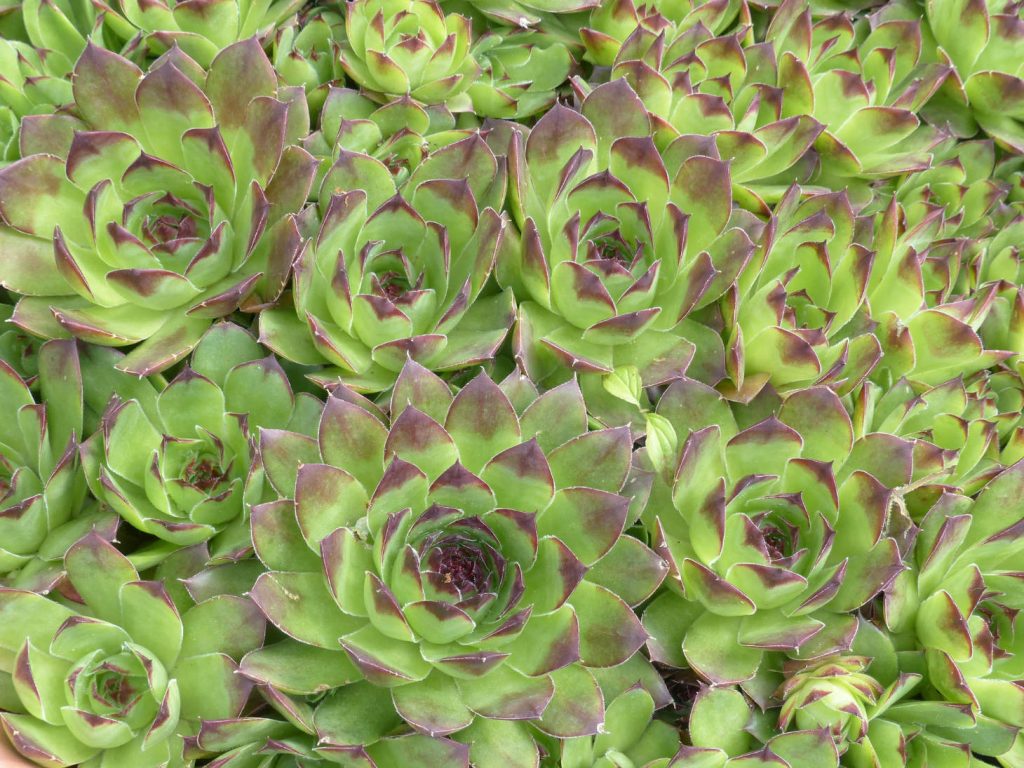
Monocarpic comes from the Greek words “mono,” meaning one, and “carpic,” meaning fruit. In botany, a monocarpic plant will produce flowers and seeds just one time before it dies. This trait happens in several plant families, including some popular succulent species.
This life strategy is most common in plants that need to produce as many seeds as possible all at once. Once the plant’s resources go into making flowers and seeds, it cannot survive much longer. Succulent examples of monocarpic species include many Agave, Sempervivum, and some types of Aeonium.
Key Characteristics of Monocarpic Succulents
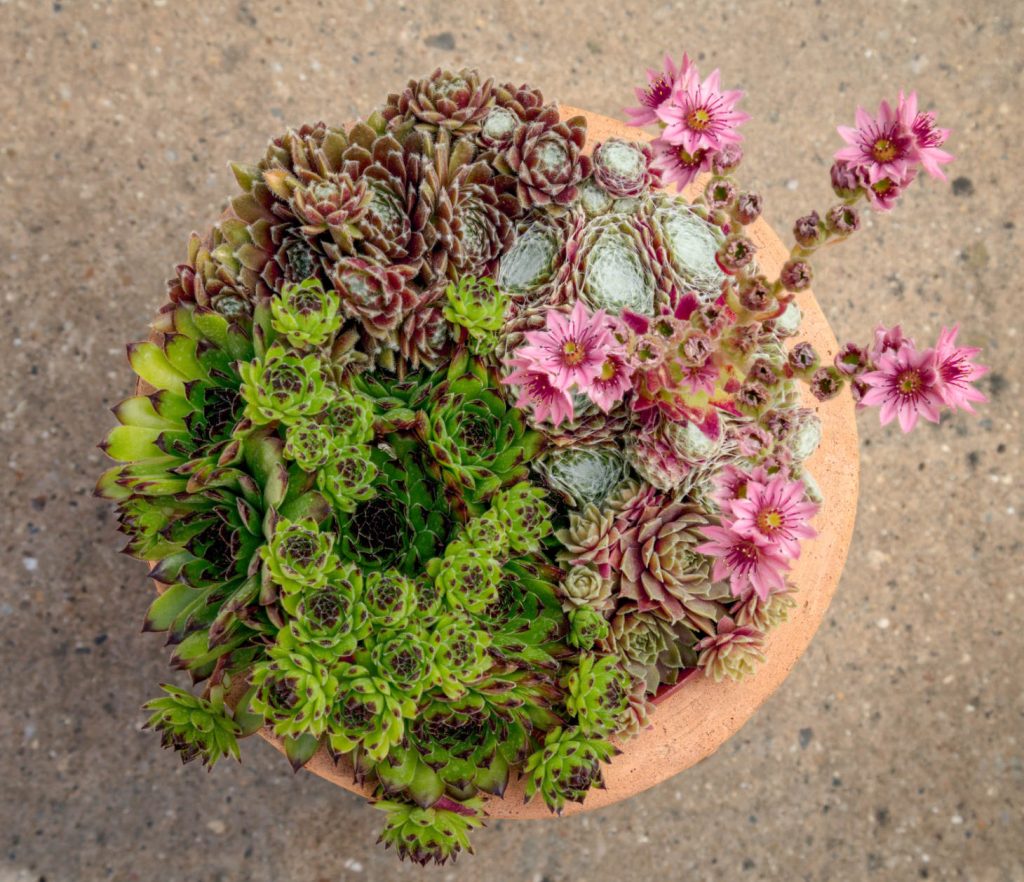
Monocarpic succulents are often recognized by features such as:
- Rosette growth: Many monocarpic species form rosettes of fleshy leaves.
- Large inflorescence: The plant may send up a tall flower stalk with many small flowers, known as an inflorescence.
- Sudden decline after flowering: After blooming, the main plant, or the “mother” rosette, will start to die.
You may notice the leaves turning yellow or soft after the plant flowers. Some species, like Sempervivum (“Hens and Chicks”), can produce smaller rosettes around the main one before dying. These offsets can continue to grow once the mother rosette dies, allowing you to keep the species going in your garden.
Life Cycle and Growth Habits
Monocarpic succulents usually spend years growing before they flower. The plant stores water and energy in specialized tissues, often in their thick leaves and a compact rosette shape. When it is mature, it sends up an inflorescence, sometimes several feet tall.
The flowering process uses up the plant’s stored energy. After the bloom, the mother plant dies, but many species will have produced seeds or new offshoots around the rosette by then. You can collect the seeds or plant the offsets to keep your succulent collection healthy and growing. Some species, such as many agaves, take over a decade to reach blooming size, while others, like some sempervivums, bloom much sooner.
Notable Monocarpic Succulent Species
Some succulents only flower once in their lives, a process called monocarpy. Knowing which species are monocarpic helps you plan how to care for them, especially as they near the end of their life cycle.
Aeoniums and Related Species
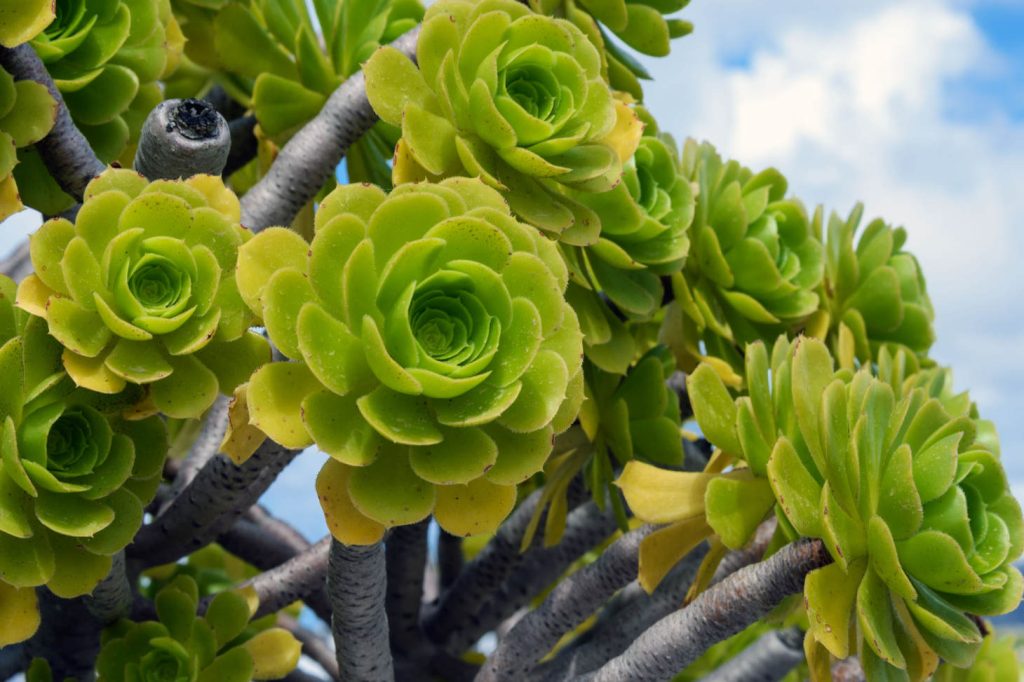
Aeoniums are a type of rosette-forming succulent that come mostly from the Canary Islands. They belong to the Crassulaceae family. Some well-known types include Aeonium arboreum and Aeonium haworthii.
Some Aeoniums grow in clusters and can live for several years before they flower. When a rosette blooms, it produces a tall flower stalk with small, star-shaped flowers. After blooming, that single rosette dies. However, if the plant has many rosettes, only the flowering one will die and the rest can keep growing.
Aeoniums require bright light and well-drained soil. If you see a rosette starting to elongate and form a flower stalk, you’ll know the monocarpic process has started. Because not all Aeonium species flower and die at the same time, your plant can continue to look healthy even while one part is nearing the end.
Agave americana and Century Plants
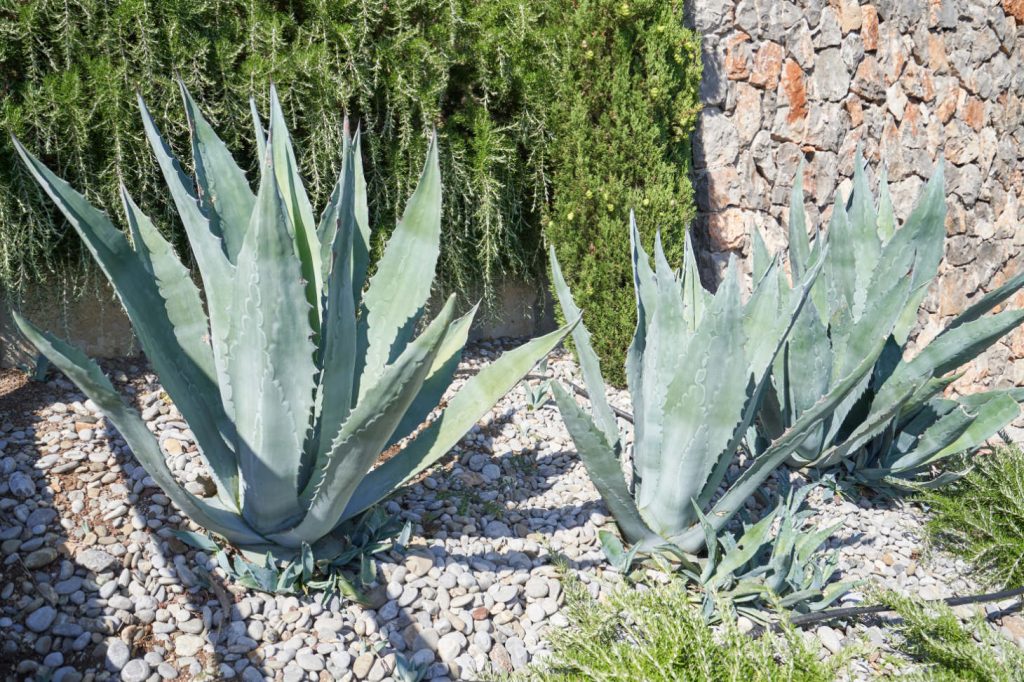
Agave americana, often called the century plant, is a classic monocarpic succulent from Mexico. It is famous for its large, blue-green leaves and for the very tall flower spikes it produces. The name “century plant” comes from the belief that these agaves bloom only once in a century, but in reality, they flower after about 10 to 30 years.
During flowering, Agave americana sends up a stalk that can reach 20 feet high or more. This stalk produces clusters of yellow blooms. After the plant flowers, it will die. However, agaves often produce many offsets (called “pups”) at their base, which can keep growing after the main plant is gone.
Other species, like blue agave (Agave tequilana), follow a similar process. They are important not only ornamentally but also for the production of tequila. All monocarpic agaves need strong sunlight and sandy soil to thrive.
Sempervivum: Hen and Chicks
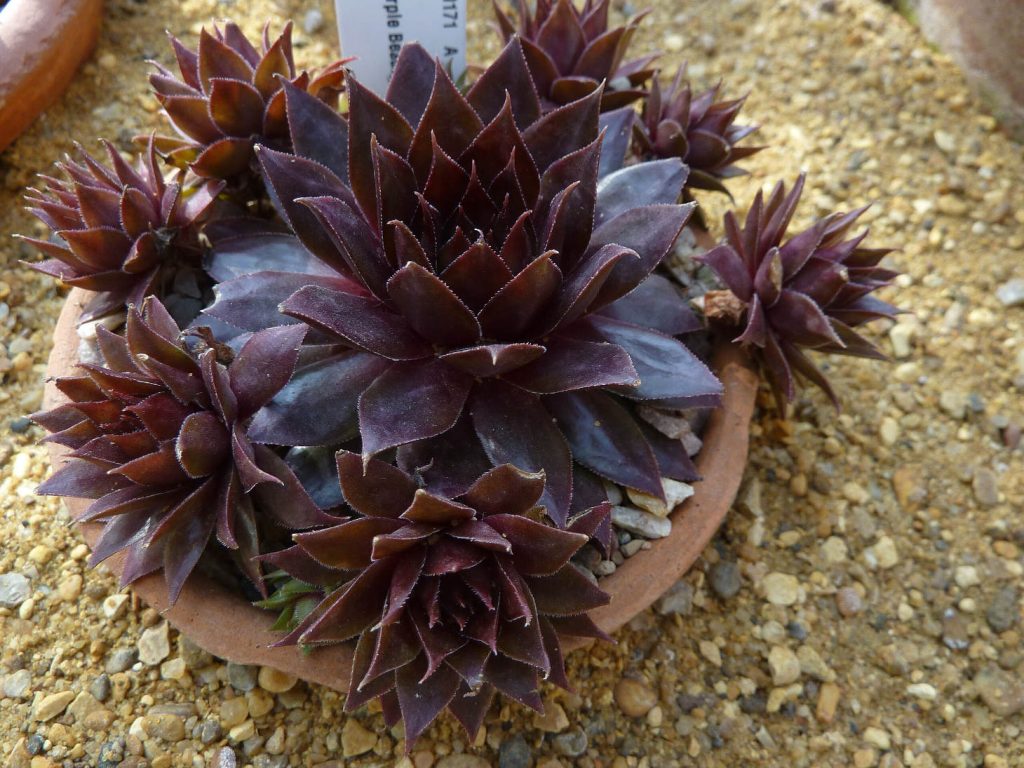
Sempervivum, also called “hen and chicks,” is another common monocarpic succulent in the Crassulaceae family. Each rosette of leaves, known as a “chick,” grows around a larger “hen.”
A single Sempervivum rosette lives for a few years before forming a tall flower stalk with star-shaped flowers. That rosette then dies after blooming. The surrounding chicks keep living and growing, so your plant can spread out over time.
Sempervivums are hardy and can survive cold weather. They do best in rocky or sandy soil and with plenty of sunlight. It is normal to see a patch of Sempervivum with both flowering and non-flowering rosettes at the same time. This makes them easy to grow, since the colony can keep going even as individual rosettes finish their life cycle.
Frequently Asked Questions
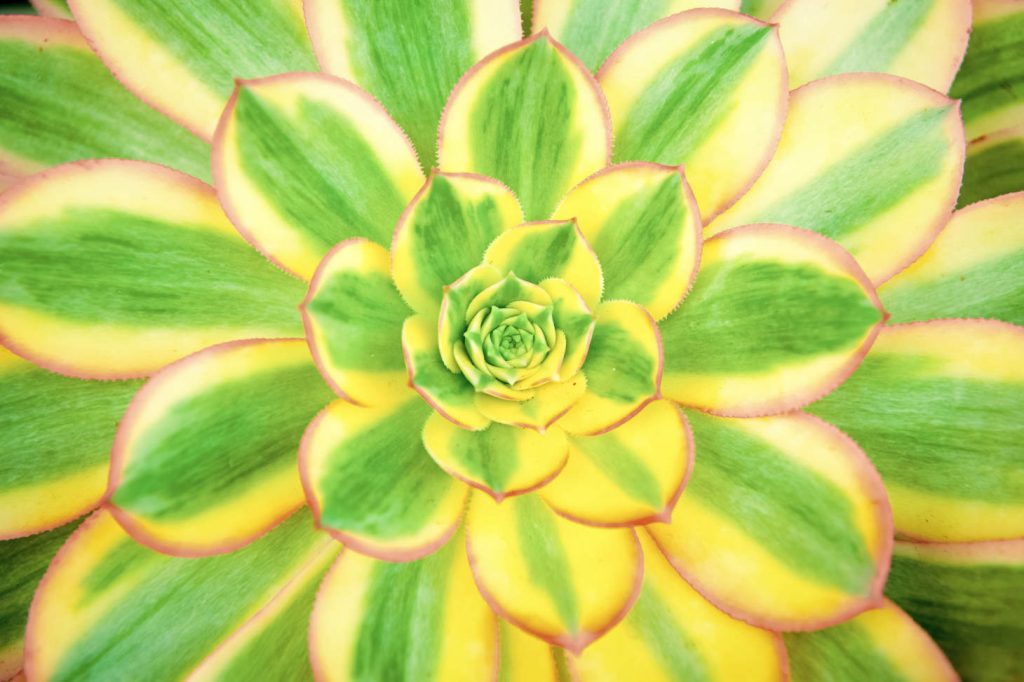
Monocarpic succulents have unique lifecycles and care needs. Some well-known varieties bloom only one time before the entire plant dies.
Which popular succulents are known to be monocarpic?
Agave and Sempervivum are among the most notable monocarpic succulents. Some Kalanchoe and Aeonium species also bloom just once before dying.
Can monocarpic succulents be grown successfully outdoors?
You can grow many monocarpic succulents outdoors if the climate is warm and dry. Good soil drainage is important to prevent rot. Protection from cold or frost will help these plants thrive.
What are the best practices for caring for monocarpic succulents indoors?
Place your plant where it gets ample sunlight, like a bright windowsill. Water only when the soil is completely dry, and use a well-draining succulent mix. Make sure the container has drainage holes to prevent water from pooling around the roots.
How do you identify a plant as monocarpic?
A monocarpic succulent will usually flower from the center of the plant. The bloom stalk is often thick and tall. After flowering, the main plant will begin to die back.
What are some well-known examples of monocarpic plants?
Common examples include the Agave americana and Sempervivum tectorum (Hen and Chicks).
In the case of agaves, how do monocarpic varieties differ from polycarpic ones?
Monocarpic agaves bloom once then die, often after many years. Polycarpic agaves, on the other hand, can flower several times over their life. This difference affects how long each type will live and when you can expect flowers.

